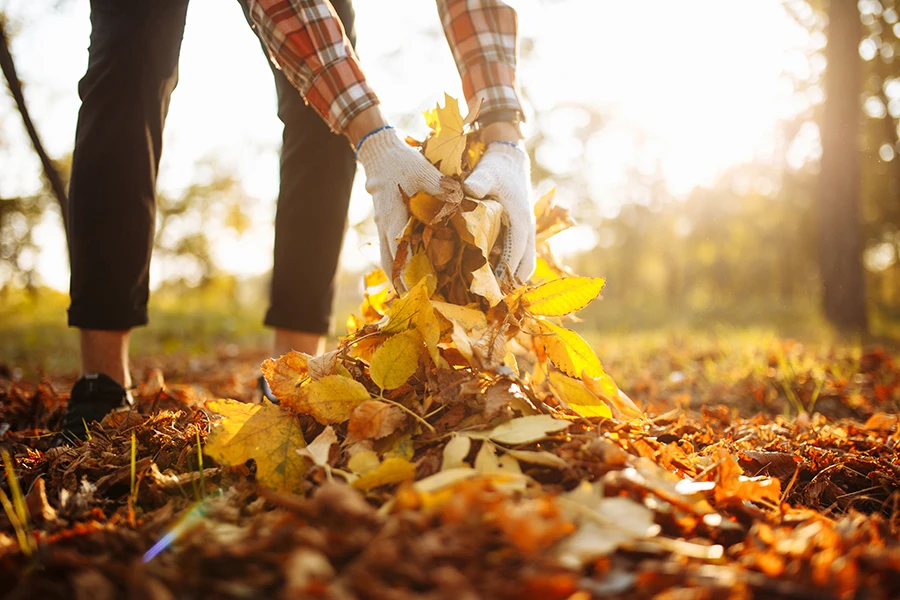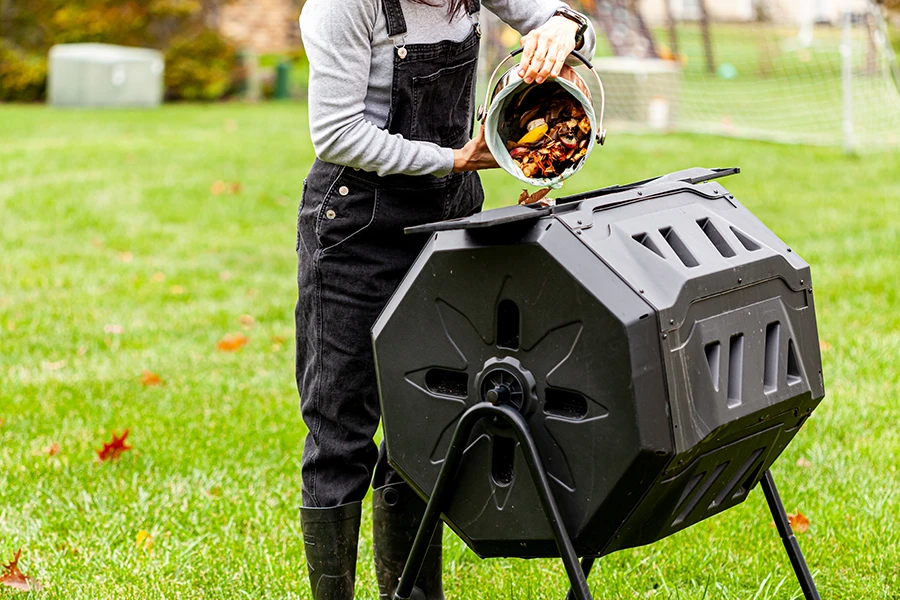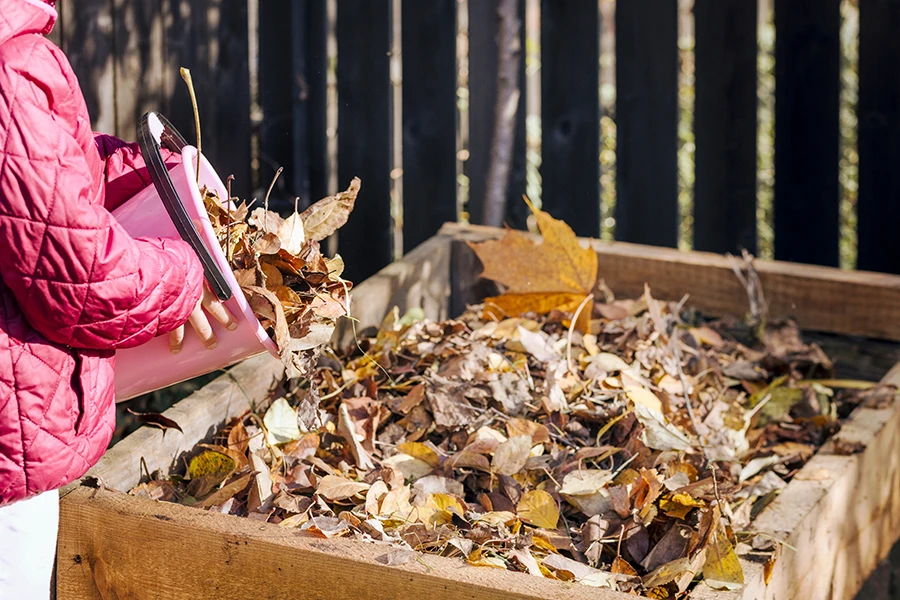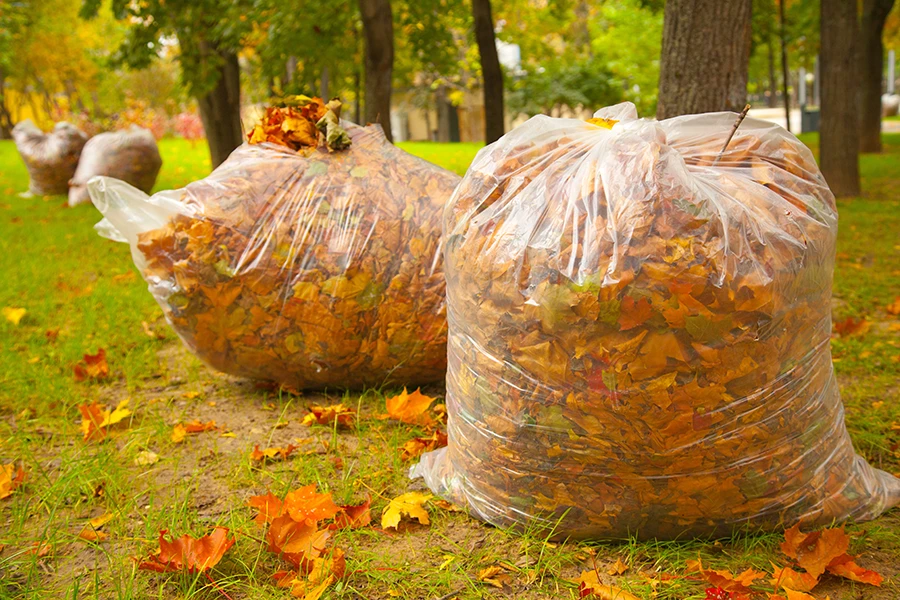HANTPOL® Tips & Guides
What to Do with Fallen Leaves in Your Garden

Should You Rake Leaves in the Garden?
Fallen leaves are a natural part of a plant’s life cycle and can serve as mulch, helping to protect soil from drying out and adding nutrients to it.
They also provide shelter for many beneficial insects and small animals, such as hedgehogs, which may hibernate under a layer of leaves. By creating a leaf pile, you’re potentially offering a safe refuge for hedgehogs during colder days.
For this reason, in certain parts of the garden, like flower beds or under trees, it might be worth leaving the leaves in place. Furthermore, they can protect plants from winter frosts. Placing a layer of dry leaves around plant roots helps insulate the soil and retain warmth, aiding plants in surviving the colder months.
As long as they aren’t affected by disease, leaves don’t necessarily need to be disposed of or taken away. Consider composting them instead to create a natural, healthy fertilizer for the garden—an economical and eco-friendly option.


When Should You Rake Leaves?
Raking leaves is necessary when they accumulate heavily on the lawn, as they can block sunlight and air from reaching the grass, which can lead to its deterioration.
It’s also advisable to remove any leaves showing signs of disease from the garden to prevent spreading.
Leaves should also be cleared from driveways, paths, and sidewalks to avoid accidents in wet weather.
If you have a pond, remove leaves from its surface. If left to sink to the bottom, they can contribute to algae growth.


Composting Leaves
Leaves make an excellent material for composting. They are rich in carbon and can be added to a compost bin, ideally mixed with nitrogen-rich waste, like kitchen scraps.
Turning the compost regularly, maintaining appropriate moisture levels, and using a compost activator like Ekokompost™ can help leaves break down faster, transforming them into a valuable, low-cost fertilizer for your garden.
For more details, see our guide: How to Speed Up Composting?


Leaf Mould
Leaf mold is a type of compost used as a soil conditioner or mulch. It’s ideal for enriching soil in ornamental gardens, flower beds, or around shrubs. Unlike regular compost, it doesn’t intensively nourish plants.
Leaf mold is made exclusively from decomposing leaves from trees and shrubs. Unlike standard compost, it does not contain kitchen scraps, grass clippings, or other organic materials, making it distinct in its mineral content.
You can easily make leaf mold using only leaves, either in a compost bin or by placing them in plastic bags. Just ensure the leaves are moist and shredded.


Disposing of Leaves
Not all leaves are suitable for composting. Leaves affected by pathogens, diseases, or pests—such as the horse chestnut leaf miner—should be disposed of properly to prevent the spread of diseases.
Avoid composting leaves that decompose slowly or contain substances that may hinder the composting process or harm plants once applied in the garden. This includes leaves from trees like walnut, oak, chestnut, and beech.
